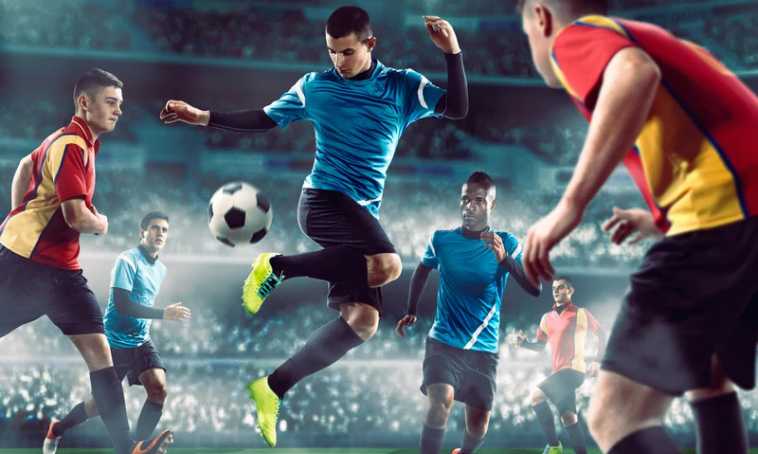Visualization is a powerful technique for athletes to mentally prepare for competition and improve performance. It involves using mental imagery to create positive, vivid, and realistic mental representations of athletic performance. Here are several reasons why visualization is crucial for athletes:
1. Mental Rehearsal: Visualization allows athletes to mentally rehearse their actions and movements in a specific sport or activity. By vividly imagining themselves performing the desired actions, athletes can reinforce the neural pathways in their brains associated with those movements. This mental rehearsal helps athletes improve their muscle memory and technique, leading to better execution when they actually perform the actions in real life.
2. Improved Focus and Concentration: Visualization exercises require athletes to concentrate on specific details and scenarios related to their sport. This practice enhances their ability to focus and maintain concentration during critical moments in competition. Athletes who regularly visualize their performances can better tune out distractions and stay fully engaged in the task at hand.
3. Confidence Boost: Visualization allows athletes to visualize themselves succeeding and achieving their goals. By consistently visualizing positive outcomes, athletes can build their self-confidence and belief in their abilities. This confidence translates into a stronger mental state and increased motivation to perform at their best.
4. Stress and Anxiety Reduction: High-pressure situations can cause stress and anxiety, which can negatively impact an athlete’s performance. Visualization techniques can help athletes manage and reduce these negative emotions. By visualizing themselves successfully navigating challenging situations, athletes can develop a sense of control, calmness, and resilience, enabling them to perform more effectively under pressure.
5. Skill Enhancement: Visualization can be used to develop and enhance specific skills in sports. Athletes can visualize themselves performing complex techniques, strategies, or tactical moves repeatedly. This mental practice helps athletes refine their skills, improve their decision-making abilities, and develop a deeper understanding of their sport.
6. Injury Recovery and Rehabilitation: Visualization can be employed as part of an athlete’s injury recovery and rehabilitation process. By visualizing themselves healing and regaining their physical abilities, athletes can maintain a positive mindset, improve motivation, and accelerate the recovery process.
7. Goal Setting and Achievement: Visualization can assist athletes in setting clear and specific goals. By visualizing themselves achieving those goals, athletes can maintain a clear focus on what they want to accomplish, which enhances their motivation and commitment. Visualizing the steps required to reach those goals can also help athletes plan their training and competition strategies more effectively.

